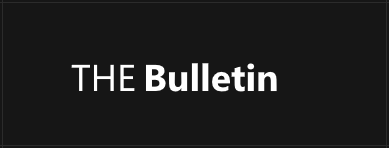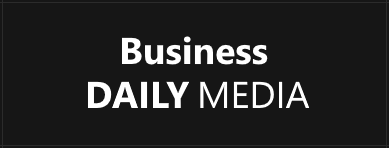Officially, the unemployment rate is 4.2%. But that doesn’t count all the hidden workers in Australia
- Written by The Conversation
Australia’s job market is facing a paradox. Employers across every major sector – from construction to healthcare – report crippling skills shortages.
A key measure of skills shortages, the proportion of advertised vacancies filled, shows 30.3% of surveyed occupations were in shortage in the March quarter.
Yet there are more than two million people – hidden workers – who remain on the fringes of the labour market. They might just be a missing piece in solving Australia’s talent crisis.
This mismatch is more than a numbers problem – it’s a systemic failure to connect the untapped talent with unmet industry demand.
Businesses need to rethink rigid hiring practices, challenge outdated stereotypes and create pathways for those sidelined from work. Policymakers need to build in targeted pathways that connect their skills to shortage areas.
Who are the hidden workers?
Each month, the Australian Bureau of Statistics (ABS) releases official data on the labour force: new jobs created, the unemployment rate and other measures. But these figures don’t tell the whole story.
Collectively, the term hidden workers encompasses:
- people who are underemployed (working one or more part-time job but willing and able to work full-time)
- the unemployed (without work but seeking work)
- discouraged workers (who are not currently working or looking, but are willing and able to work if the right circumstances arise).
Using nationally representative data from the Household, Income and Labour Dynamics in Australia (HILDA) Survey, our research reveals some patterns of hidden workers.
Women are predominant among the hidden workers, reflecting ongoing gendered divisions in caregiving. Half of the discouraged workers, who have given up looking for work, are over 41.
Those with lower educational attainment (below Year 12) are more likely to be discouraged or unemployed. Hidden workers often lack networks or live in disadvantaged areas.
It’s not just discouraged workers
Our research shows hidden workers make up 21.1% of Australians aged 15 and over, according to the HILDA 2022 survey data. We use broader definitions of discouraged workers and the underemployed than the ABS does, and we include people over 65. The ABS, which uses a different survey and methods, arrives at a rate of about 17%. We explain these differences in further detail below.
Discouraged workers are most common among the youngest and oldest age groups, comprising 43.17% of hidden workers. Discouraged workers are a big part of the story, but not the whole picture.
Many hidden workers are underemployed (39.1%). They are actively working, but in casual or part-time jobs that don’t give them the hours or income they need. Working parents, especially mothers, are underemployed in unstable part-time roles, juggling caregiving responsibilities.
Findings from another study which analyses the probabilities of becoming a hidden worker, confirms women’s participation in the labour market is hindered at various stages of life by the unequal sharing of childcare and other care responsibilities.
Limited local job opportunities and economic resources further widen the gender gap, particularly among those aged 45–64.
Why our research paints a fuller picture
The ABS defines “potential workers” as people who are willing and able to work, a group that includes both those classified as unemployed and those considered discouraged workers. However, the ABS publishes underemployment as a separate category. This mainly covers people employed part-time who wanted more hours, and were available.
However, in hidden worker research, underemployed workers are defined more broadly, as people who want more hours and can’t get them, without the readiness-to-start condition.
By grouping them as a category under hidden workers, we get a fuller picture of the “missing” labour that could be mobilised if structural and systemic barriers were addressed.
My research into hidden workers stems not just from academic curiosity, but from my own experience. As a newly completed PhD, a migrant woman of culturally and linguistically diverse background, and a mother of two young children, I found it challenging to navigate a labour market that didn’t fully recognise my skills, experience or potential.
Despite being “willing and able to work”, I was underemployed, unemployed and then discouraged.
Why does this matter for the economy?
Australia cannot afford to address only the visible tip of the labour market iceberg. The hidden workers in Australia are a vital yet invisible part of the workforce.
Bringing hidden workers into policy focus is not only an economic priority, but also a public health imperative. A young hidden worker may start out in insecure, low-paid jobs that limit access to good food, safe housing and adequate health care.
These early disadvantages don’t just affect the present. Over time, these disadvantages may compound, leading to chronic stress, mental health challenges and a higher risk of long-term illness. The accumulated disadvantages can lead to inequitable ageing.
To make a difference, job services, health care, housing and community support all need to work together so these challenges don’t keep them stuck. The Victorian state government has an initiative for a community council to help design better solutions.
Governments should link employment services with health and social protection systems to address compounding disadvantages. Unlocking this hidden workforce could be a game-changing step toward securing Australia’s economic resilience and strengthening its social fabric.














